The Main Reasons Why Your Washer Stops Spinning
In this article…
- Resolving Unbalanced Loads in Top-Loading Machines
- Clearing Clogged Drain Trap in Front-Load Washer
- Performing a Master Reset for Washer Issues
- Understanding Door Lock and Safety Mechanisms in Washing Machines
- Lid Switch and Spin Cycle Safety in Older Top-Load Washers
- Troubleshooting Spinning Issues due to Drive Belt Problems
- Understanding the Direct Drive Motor Coupling and Repairs
- Clutch Assembly and its Role in Top-Load Washer Spinning
- Exploring Other Reasons for Washer Spin Failure
This article will review common reasons why a front-load washer stops spinning:
- Unbalanced load: Unevenly distributed laundry triggers the washer’s balancing mechanism, which halts the spin cycle.
- Clogged drain pump or filter: Blockages obstruct drainage, resulting in interruptions to the spin cycle.
- Faulty door latch or lock: Insecurely closed doors or malfunctioning locks activate safety features, halting spinning.
- Broken drive belt: Damage to the belt prevents proper rotation of the drum during spinning.
- Malfunctioning motor: Issues with the motor disrupt the functionality of the spin cycle.
- Clutch assembly failure: Leads to improper spinning of the washing machine drum.
Whether you have a top-load or front-load washing machine, when it breaks down, it can create havoc throughout your entire day.
If it stops spinning and draining in the middle of a cycle, you must contend with all that wet clothing. If it stops working at the end of your wash load, the countdown begins on how long it’ll take to get the machine repaired, and you worry about how much it will cost.
The Good News is:
- 1. You may have a non-mechanical problem that you can handle yourself, or
- 2. FIX Appliances CA can provide same-day service for many of your washing repair needs.
If your washing machine ceases to spin, there are a couple of non-mechanical things you can check right away to alleviate the problem:
Resolving Unbalanced Loads in Top-Loading Machines
This generally happens to top-loading machines when heavier clothes are loaded to one side instead of spreading out evenly. The machine will automatically shut down to prevent mechanical damage when it senses the load is out of balance.
Turn the washer off and re-balance the load by moving the clothes to an equal distribution. When you close the lid, spinning should resume. Draining excess water from the tub may be necessary before the regular wash cycle resumes.
Clearing Clogged Drain Trap in Front-Load Washer
A clogged drain trap can be a common non-mechanical reason for a front-load washer to stop spinning. Lint and small items left in pockets or inadvertently picked up with the laundry may collect in the drain trap. The filter system prevents the items from entering the main drain and clogging or damaging it. However, the machine will shut down if the drain trap becomes clogged.
Machine models differ, but you’ll need to locate the drain trap door (usually on the front bottom portion of the washer.) Pull out the cutout section to access the drain trap cap or plug. Some water will remain in the trap, so place a cup under the lid to catch any liquid before turning the cap counterclockwise.
Allow the water to drain out, then clean out any lint or debris that may be trapped in the drain. Once cleared, replace the lint trap (secure it by turning it clockwise) and snap the cover back into place. Restart the machine to resume the spin cycle.
Performing a Master Reset for Washer Issues
If neither redistributing the load nor cleaning the drain trap proves effective in resolving the issue, consider performing a master reset.
Disconnect the machine for approximately one minute, then reconnect it. Reset the computer by opening and closing the door six times within a 12-second window. Keep in mind that not all appliances will respond to this specific procedure.
If these troubleshooting steps yield no results, it’s time to acknowledge the possibility of a more intricate mechanical or electrical problem with your machine. In such instances, seeking professional assistance is advisable. Attempting additional DIY repairs may exacerbate the situation or pose safety hazards. By consulting qualified experts, such as the technicians at FIX Appliances CA, you can ensure an accurate diagnosis and a successful resolution, restoring your washer’s functionality without unnecessary risks.
Understanding Door Lock and Safety Mechanisms in Washing Machines
All front-loading and newer top-loading washing machines are equipped with a safety mechanism that prevents the door from opening mid-cycle. The door lock/interlock system comprises a lock on the appliance, the door strike, and the switch. When the door is closed, it signals to the control system that it’s locked, enabling the spin cycle to operate.
If the door lock or strike malfunctions, a digital error code may be displayed, and the washer will cease agitating and spinning. Contact an appliance repair professional to replace the door lock or assembly.
Lid Switch and Spin Cycle Safety in Older Top-Load Washers
Like the door lock system noted above, older top-load washing machines use a lid switch to operate the spin cycle safely. The underside of the washer lid will be equipped with a pin that activates the switch when the lid is closed.
When you close the lid, verify that the switch is activated by making sure the lid is tightly closed and by listening for the “click” when it connects with the switch. If activation is present, but the motor isn’t running, you may have a defective lid switch. Contact a service technician for a replacement. Never bypass the lid switch, as serious injuries can occur.
Troubleshooting Spinning Issues due to Drive Belt Problems
An excessively worn drive belt can prevent your top-load or front-load washer basket from spinning. While you’ll want an expert to replace it, you can save time troubleshooting by listening for sounds of the belt slipping or whining that could indicate a belt issue.
The repair professional will verify that the idler pulley or motor glide provides the proper belt tension and moves freely. While you may be tempted to replace the drive belt yourself, it’s better to hire a licensed technician to do the job. You’ll be assured that the proper replacement belt is used for optimum performance and experience peace of mind knowing the parts and labour are covered under warranty.
If you’ve exhausted the troubleshooting steps mentioned above and your washing machine still won’t spin, it’s time to consider the possibility of a more serious mechanical or electrical problem. Washing machines are complex appliances with intricate systems, and attempting further DIY repairs without proper expertise could exacerbate the issue or even lead to additional problems.
In such cases, contacting a professional appliance repair service like Fix Appliances CA is best. With years of experience and a team of licensed and insured technicians, we specialize in diagnosing and resolving washing machine problems, including spin cycle issues. Our experts are well-versed in various washer models, whether top-loading or front-loading and are equipped with the necessary tools to provide prompt and reliable solutions.
Hiring a professional technician not only ensures a thorough diagnosis but also prevents the risk of further damage. Additionally, authorized repair services like Fix Appliances CA assure using genuine replacement parts, backed by warranties, to restore your washing machine’s optimal functionality.
Understanding the Direct Drive Motor Coupling and Repairs
If the mere mention of this part prompts you to dig out your owner’s manual, it’s likely best to avoid tackling this repair on your own. The direct drive motor coupling is employed in specific top-load and front-load machines as an alternative to a belt drive. Its main role is to convey power from the motor to the transmission. As time passes, wear and tear on the coupling can cause it to slip, ultimately resulting in a failure to engage the drive forks responsible for agitating or spinning the basket.
Diagnosing and repairing this issue entails removing the cabinet to access the direct drive motor coupling, so it’s advisable to reach out to your repair professional promptly.
The Clutch Assembly and its Role in Facilitating Spinning in Top-Load Washers
A clutch assembly is employed in certain top-load washers to secure the transmission, aiding in the spin cycle. Repetitive friction can result in the wear and scraping of the clutch pads, ultimately slowing down or halting the spin cycle altogether. You may observe additional symptoms, such as:
- Brake dust or shavings under the machine
- A burning smell during the wash cycle
- A loud noise during the spin cycle
This is another complicated mechanical repair that should be left to the professionals. To access the clutch, you must remove the cabinet, the drive motor and the transmission assembly. The washing machine technician can accurately determine if the clutch is worn or damaged and if it should be replaced.
Exploring Other Reasons for Washer Spin Failure
Although the previously mentioned causes are common culprits for spin failure in front-load and top-load washing machines, additional factors can contribute to this issue. More complex problems, such as a malfunctioning water pump, motor, or transmission, could also be at play.
Is Your Washer Still Not Spinning?
Our washer repair experts are here to address any problems with your malfunctioning appliance.
You can ensure years of trouble-free operation by following proper usage, maintenance, and care practices for your front-load or top-load washing machine. However, if you continue encountering problems like the washer not spinning or other issues, don’t hesitate to contact FIX Appliances CA. You can reach us online or by calling 888-242-0777 for swift assistance.
Date of page creation: August 04, 2023
Page update date: March 18, 2024
Ask a Question
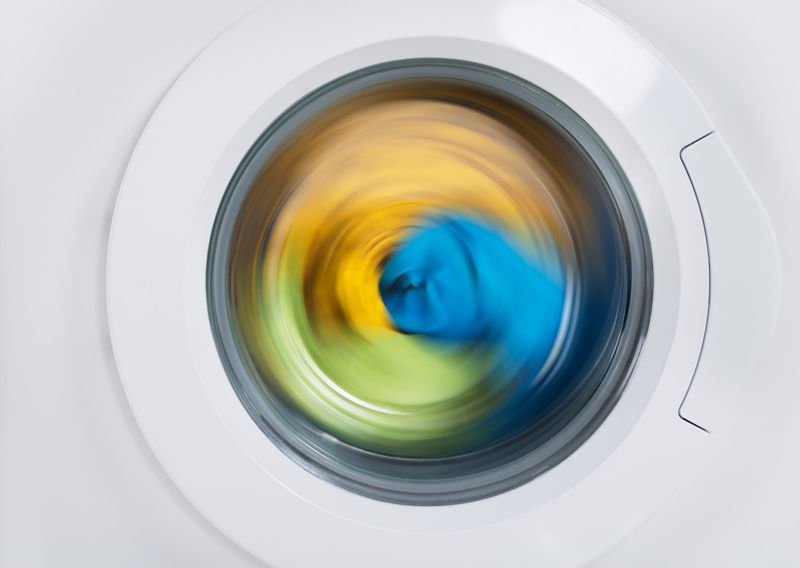
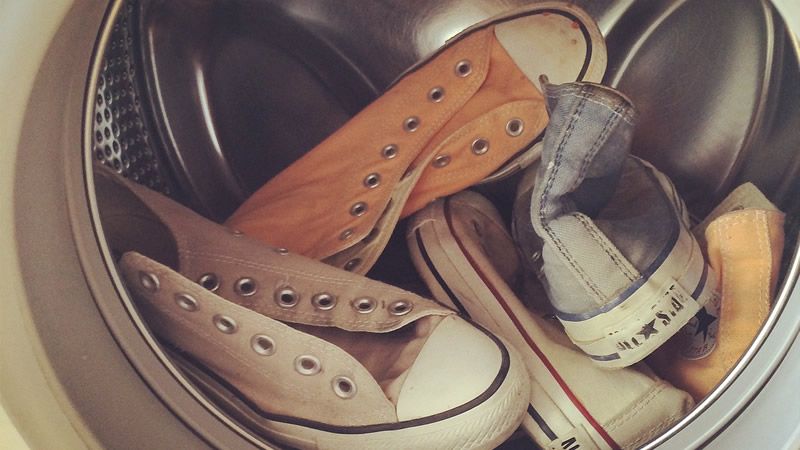

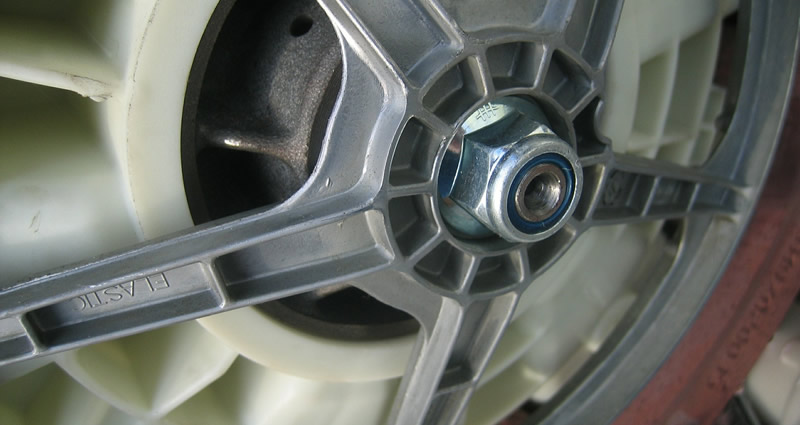


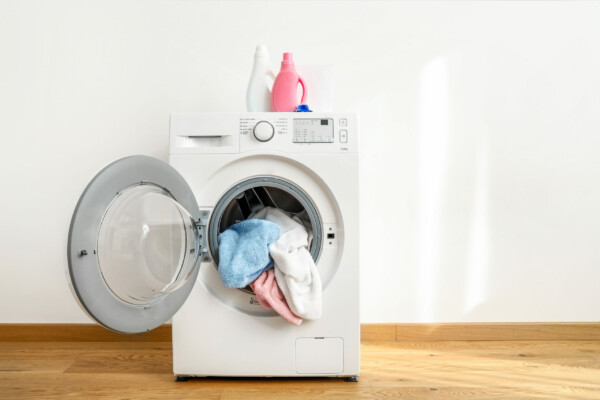
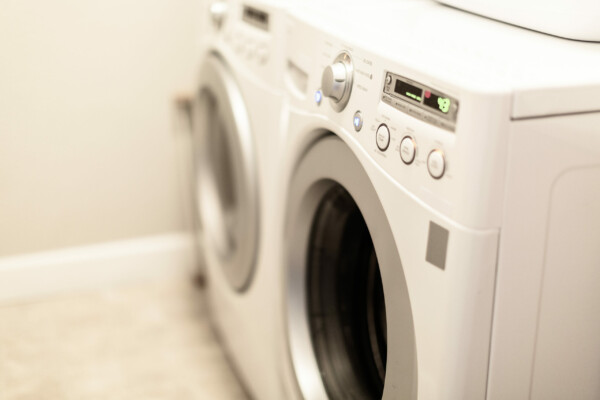
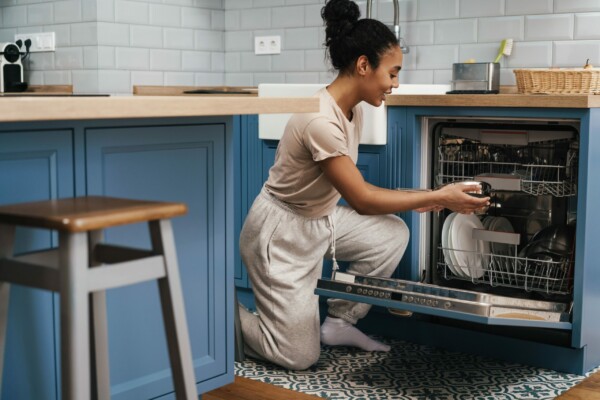
Hello,
I have a kenmore top load HE washer and it stops during the spin cycle and the lid light just flashes. I changed the lid lock assembly still have the problem if I pause and start again it works for a bit then stops so I pause and start through out the cycle to get the wash done. Help please
Hello Michael,
If your Kenmore top load HE washer stops during the spin cycle and the lid light flashes, there could be several reasons for this issue. Since you’ve already changed the lid lock assembly, there are a few other potential causes to consider: